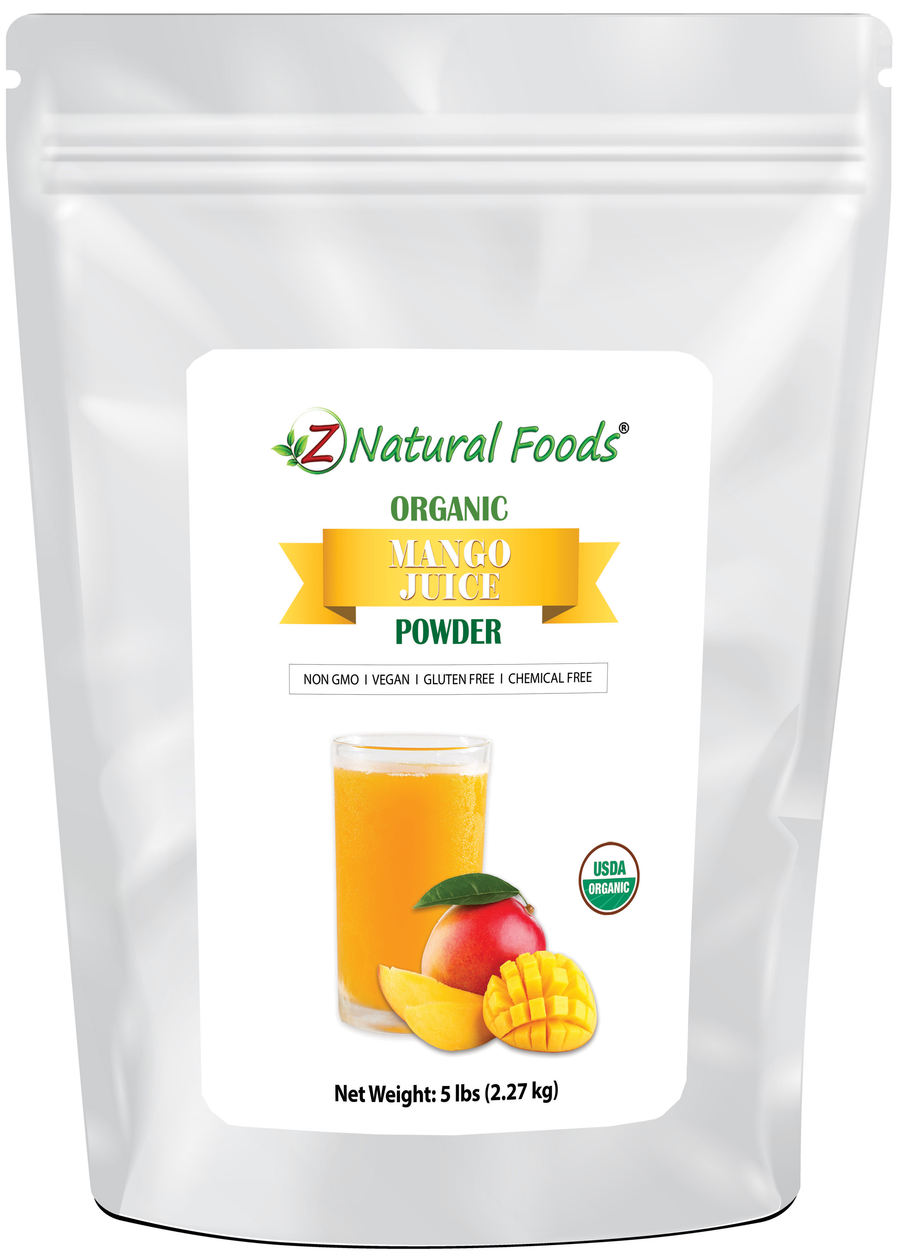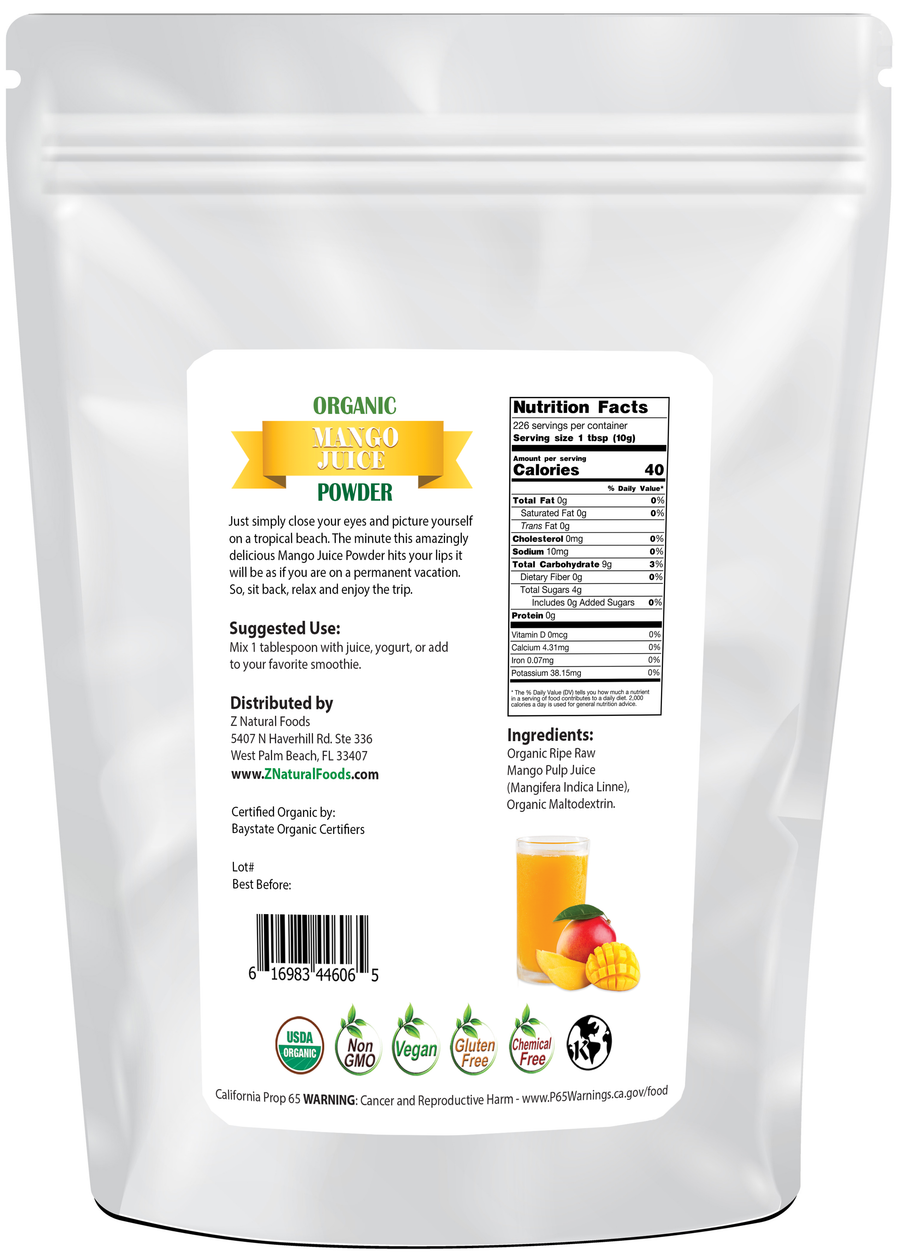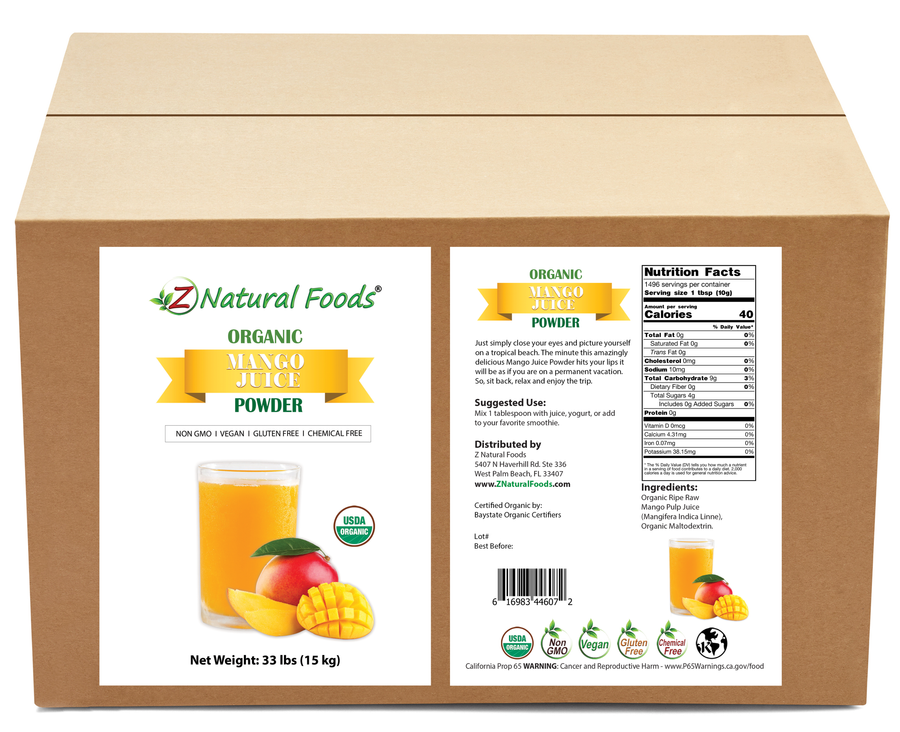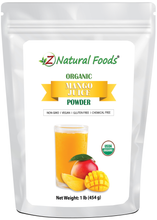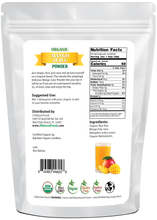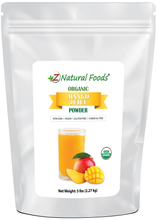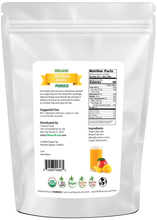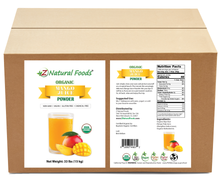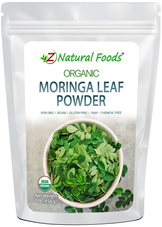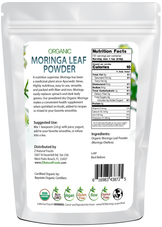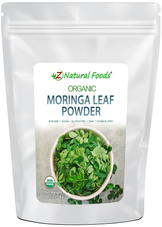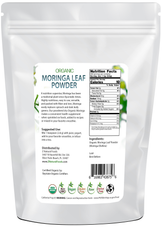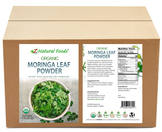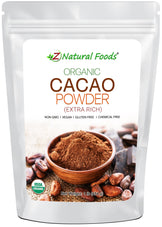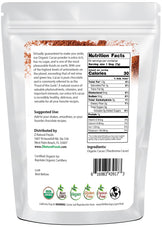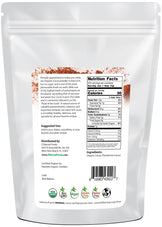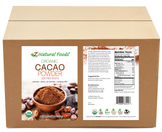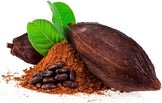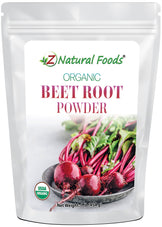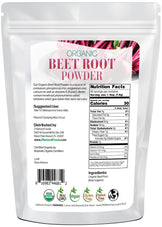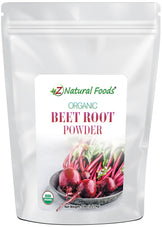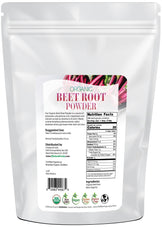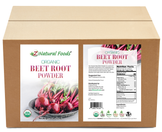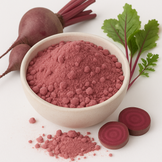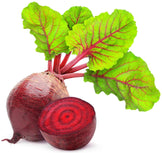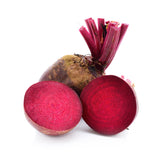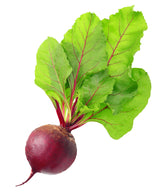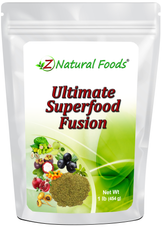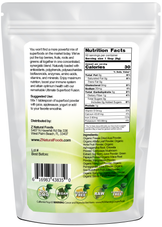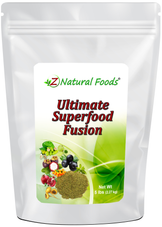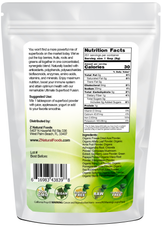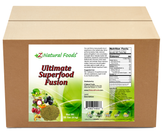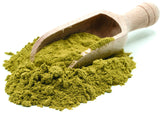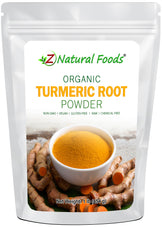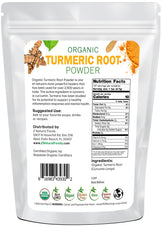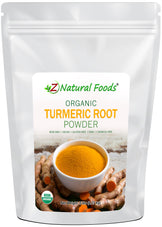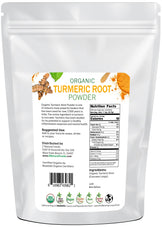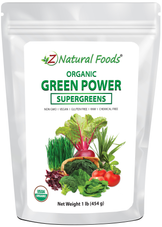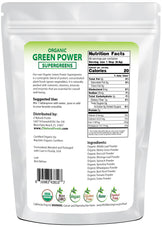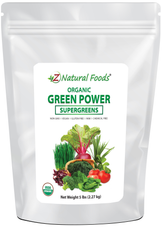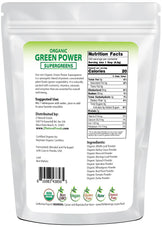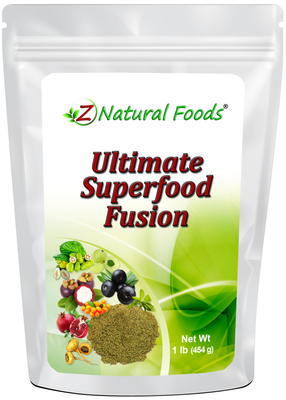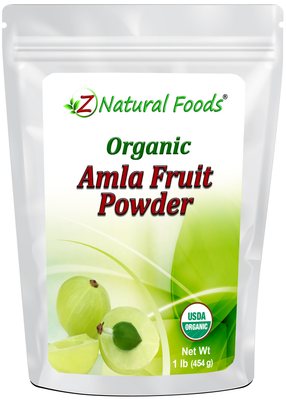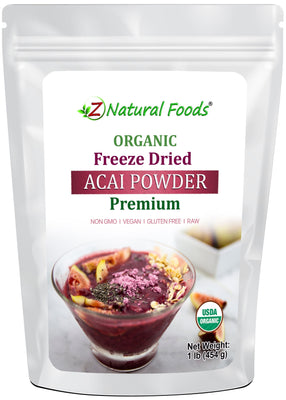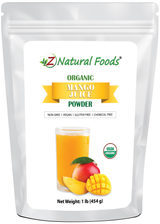About Product
Organic Mango Juice Powder captures the naturally sweet and tangy flavor of ripe mangoes in a convenient, shelf-stable form. This fine powder blends smoothly into smoothies, juices, teas, desserts, and sauces, adding a tropical fruitiness to your favorite recipes.
Versatile and easy to use, it can also be reconstituted with water for a quick mango drink or sprinkled into baking and cooking for a bright, fruity twist. A pantry staple, mango juice powder makes it simple to enjoy the taste of mango year-round.
Some research suggests that Mangoes may contain the following constituents:
- Minerals: Magnesium, Phosphorus, Zinc, Copper, Manganese, Selenium
- Vitamins: Vitamin C, Thiamin, Riboflavin, Niacin, Pantothenic Acid, Vitamin B-6, Folate, Choline, Vitamin A (RAE), Beta-carotene, Vitamin A (IU), Lutein & Zeaxanthin, Vitamin E, Beta Tocopherol, Gamma Tocopherol, Vitamin K
- Amino Acids: Tryptophan, Threonine, Isoleucine, Leucine Lysine, Methionine, Cystine, Phenylalanine, Tyrosine, Valine, Arginine, Histidine, Alanine, Aspartic Acid, Glutamic Acid, Proline, Serine, Glycine
- Anthocyanidins: Cyanidin
- Flavan-3-: Catechin
- Flavonols: Myricetin
- Proanthocyanidins: Proanthocyanidin Monomers, Proanthocyanidin Dimers, Proanthocyanidin Trimers, Proanthocyanidin4-6mers
Please keep in mind that mango as a whole food can be very nourishing for folks who may struggle with blood sugar issues, as fiber has been known to slow the use of sugar in the body. Because it is a juice powder with no fiber, this product would not be a wise choice for those struggling with this issue.
Suggested Use: Mix one tablespoon with juice and yogurt, or add to your favorite smoothie.
Mixing suggestions: To increase flavor and nutritional profile, combine our whey protein isolate powder, organic banana flakes, and shredded coconut in a smoothie.
Miscellaneous Facts about our ripe Mango Fruit Juice Powder
Ingredients: Organic Ripe Mango Pulp Juice and non-GMO maltodextrin derived from yuca root*.
Certifications: Certified USDA Organic.
Parts Used: Whole Mango (No seed or rind).
Botanical Name: Mangifera indica.
Other Names: Manga.
Origin: Grown and juiced in China. Packaged with care in Florida, USA.
*This product contains a small amount of tapioca starch, which is a starch made from organically grown non-GMO yuca root (cassava root). This starch acts as a drying agent and keeps this powder from clumping into hard chunks or one solid brick. Go here to learn more about why we use non-GMO Yuca Maltodextrin in some products.
How to Maintain Optimum Freshness
- This product is packaged in airtight stand-up, resealable foil pouches for optimum freshness.
- Once opened, push the air out of the pouch before resealing it to preserve maximum potency.
- Keep your powder in a cool, dark, dry place.
This product is 100% natural and minimally processed:
Taste, smell, texture, and color vary from batch to batch. Go here to learn why our products may naturally vary.
The important protections we take to bring you safe and nutritious superfoods:
Please go here to discover the essential steps we take to deliver fresh, quality nutrition.
Bulk Quantities?
Need to order a large quantity of our products? We are happy to help! Please get in touch with our Bulk department to discuss the details.
* Product packaging, pictures, and origin may vary.
Sources & References
1. Walter William Skeat, Notes on English etymology
2. Mango at Encyclopaedia Britannica
3. Mango Merriam Webster Dictionary."Origin of mango: Portuguese manga, probably from Malayalam mÄ acute;¹…á¹…a. First Known Use: 1582"
4. "Definition for mango - Oxford Dictionaries Online (World English)". Oxforddictionaries.com. Retrieved 2012-06-17.
5. OED Online entry mango, n. 1. (Draft revision Sept. 2010, retrieved 13/10/2010)
6. Creed, Richard (2010-09-05). "Relative Obscurity: Variations of antigodlin grow". Winston-Salem Journal. Retrieved 2010-09-06.
7. Ensminger 1994: 1373
8. Watson, Andrew J. (1983). Agricultural innovation in the early Islamic world: the diffusion of crops and farming techniques, 700"“1100. Cambridge, UK: Cambridge University Press. pp. 72"“3. ISBN 0-521-24711-X.
9. Jedele, S.; Hau, A.M.; von Oppen, M. "An analysis of the world market for mangoes and its importance for developing countries. Conference on International Agricultural Research for Development, 2003" (PDF).
10. "India world's largest producer of mangoes, Rediff India Abroad, April 21, 2004". Rediff.com. 2004-12-31. Retrieved 2013-01-31.
11. "Mad About mangoes: As exports to the U.S. resume, a juicy business opportunity ripens, India Knowledge@Wharton Network, June 14, 2007". Knowledge.wharton.upenn.edu. 2007-06-14. Retrieved 2013-01-31.
12. USAID helps Indian mango farmers access new markets, USAID-India, May 3, 2006
13. "actahort.org". actahort.org. Retrieved 2013-01-31.
14. According to the 'Oxford Companion to Food'
15. "Ingredients - Mangoes". DrGourmet.com. Retrieved 2011-07-20.
16. D.Devika Bal (8 May 1995). "Mango's wide influence in Indian culture". New Strait Times. Retrieved 4 September 2013.
17. "Vah Chef talking about Mango Lassi's popularity and showing how to make the drink". Vahrehvah.com.
18. Ajila CM, Prasada Rao UJ (2008). "Protection against hydrogen peroxide induced oxidative damage in rat erythrocytes by Mangifera indica L. peel extract". Food Chem Toxicol 46 (1): 303"“9. doi:10.1016/j.fct.2007.08.024. PMID 17919803.
19. "Nutrient profile for mango from USDA SR-21". Nutritiondata.com. Retrieved 2013-01-31.
20. "USDA National Nutrient Database for Standard Reference, SR-23, Fruit Reports-09, Mango, raw (page 449), 2010". USDA.
21. Berardini N, Fezer R, Conrad J, Beifuss U, Carle R, Schieber A (2005). "Screening of mango (Mangifera indica L.) cultivars for their contents of flavonol O "“ and xanthone C-glycosides, anthocyanins, and pectin". J Agric Food Chem 53 (5): 1563"“70. doi:10.1021/jf0484069. PMID 15740041.
22. Gouado I, Schweigert FJ, Ejoh RA, Tchouanguep MF, Camp JV (2007). "Systemic levels of carotenoids from mangoes and papaya consumed in three forms (juice, fresh and dry slice)". Eur J Clin Nutr 61 (10): 1180"“8. doi:10.1038/sj.ejcn.1602841. PMID 17637601.
23. Mahattanatawee K, Manthey JA, Luzio G, Talcott ST, Goodner K, Baldwin EA (2006). "Total antioxidant activity and fiber content of select Florida-grown tropical fruits". J Agric Food Chem 54 (19): 7355"“63. doi:10.1021/jf060566s. PMID 16968105.
24. Singh UP, Singh DP, Singh M, et al. (2004). "Characterization of phenolic compounds in some Indian mango cultivars". Int J Food Sci Nutr 55 (2): 163"“9. doi:10.1080/09637480410001666441. PMID 14985189.
25. Andreu GL, Delgado R, Velho JA, Curti C, Vercesi AE (2005). "Mangiferin, a natural occurring glucosyl xanthone, increases susceptibility of rat liver mitochondria to calcium-induced permeability transition". Arch Biochem Biophys 439 (2): 184"“93. doi:10.1016/j.abb.2005.05.015. PMID 15979560.
26. Percival SS, Talcott ST, Chin ST, Mallak AC, Lounds-Singleton A, Pettit-Moore J (2006). "Neoplastic transformation of BALB/3T3 cells and cell cycle of HL-60 cells are inhibited by mango (Mangifera indica L.) juice and mango juice extracts". J Nutr 136 (5): 1300"“4. PMID 16614420.
27. RodrÃguez J, Di Pierro D, Gioia M, et al. (2006). "Effects of a natural extract from Mangifera indica L, and its active compound, mangiferin, on energy state and lipid peroxidation of red blood cells". Biochim Biophys Acta 1760 (9): 1333"“42. doi:10.1016/j.bbagen.2006.04.005. PMID 16860486.
28. Rocha Ribeiro SM, Queiroz JH, Lopes Ribeiro de Queiroz ME, Campos FM, Pinheiro Sant'ana HM (2007). "Antioxidant in mango (Mangifera indica L.) pulp". Plant Foods Hum Nutr 62 (1): 13"“7. doi:10.1007/s11130-006-0035-3. PMID 17243011.
29. Chen JP, Tai CY, Chen BH (2004). "Improved liquid chromatographic method for determination of carotenoids in Taiwanese mango (Mangifera indica L.)". J Chromatogr A 1054 (1"“2): 261"“8. PMID 15553152.
30. Barreto JC, Trevisan MT, Hull WE, et al. (2008). "Characterization and quantitation of polyphenolic compounds in bark, kernel, leaves, and peel of mango (Mangifera indica L.)". J Agric Food Chem 56 (14): 5599"“610. doi:10.1021/jf800738r. PMID 18558692.
31. D. Balasubramanian (14 December 2006). "Mango skin is to be eaten, not discarded". The Hindu. Retrieved 4 September 2013.
32. Chaturvedi PK, Bhui K, Shukla Y (2008). "Lupeol: connotations for chemoprevention". Cancer Lett 263 (1): 1"“13. doi:10.1016/j.canlet.2008.01.047. PMID 18359153.
33. Prasad S, Kalra N, Singh M, Shukla Y (2008). "Protective effects of lupeol and mango extract against androgen induced oxidative stress in Swiss albino mice" (PDF). Asian J Androl 10 (2): 313"“8. doi:10.1111/j.1745-7262.2008.00313.x. PMID 18097535.
34. Nigam N, Prasad S, Shukla Y (2007). "Preventive effects of lupeol on DMBA induced DNA alkylation damage in mouse skin". Food Chem Toxicol 45 (11): 2331"“5. doi:10.1016/j.fct.2007.06.002. PMID 17637493.
35. Saleem M, Afaq F, Adhami VM, Mukhtar H (2004). "Lupeol modulates NF-kappaB and PI3K/Akt pathways and inhibits skin cancer in CD-1 mice". Oncogene 23 (30): 5203"“14. doi:10.1038/sj.onc.1207641. PMID 15122342.
36. Rodeiro I, Cancino L, González JE, et al. (2006). "Evaluation of the genotoxic potential of Mangifera indica L. extract (Vimang), a new natural product with antioxidant activity". Food Chem Toxicol 44 (10): 1707"“13. doi:10.1016/j.fct.2006.05.009. PMID 16857303.
37. Pardo-Andreu GL, Philip SJ, Riaño A, et al. (2006). "Mangifera indica L. (Vimang) protection against serum oxidative stress in elderly humans". Arch Med Res 37 (1): 158"“64. doi:10.1016/j.arcmed.2005.04.017. PMID 16314203.
38. Source: Kühn. "History of Indian yellow, Pigments Through the Ages". Webexhibits.org. Retrieved 2013-01-31.
39. Finlay, Victoria (2003). Color: A Natural History of the Palette. New York: Random House Trade Paperbacks. ISBN 0-8129-7142-6.
40. Miell J, Papouchado M, Marshall A. (1988). "Anaphylactic reaction after eating a mango". British Medical Journal 297 (6664): 1639"“40. PMID 3147776.
41. Hershko K, Weinberg I, Ingber A (2005). "Exploring the mango "“ poison ivy connection: the riddle of discriminative plant dermatitis". Contact Dermatitis 52 (1): 3"“5. doi:10.1111/j.0105-1873.2005.00454.x. PMID 15701120.
42. Oka K, Saito F, Yasuhara T, Sugimoto A. (2004). "A study of cross-reactions between mango contact allergens and urushiol". Contact Dermatitis 51 (5"“6): 292"“6. doi:10.1111/j.0105-1873.2004.00451.x. PMID 15606656.
43. McGovern TW, LaWarre S (2001). "Botanical briefs: the mango tree"”Mangifera indica L.". Cutis 67 (5): 365"“6.
44. "National Fruit". Know India. Government of India. Retrieved 2010-08-17.
45. "Mango tree, national tree". BDnews24.com. Retrieved 2010-11-16.
46. Jonathan Allen (10 May 2006). "Mango Mania in India". New York Times. Retrieved 4 September 2013.
47. Curtis Morgan (18 June 1995). "Mango has a long history as a culinary treat in India". The Milwaukee Journal. Retrieved 4 September 2013.
48. Tiwari, M.N.P. (1989). Ambika in Jaina arts and literature, New Delhi: Bharatiya Jnanpith.
49. "36_09". Columbia.edu. Retrieved 2013-06-14.
50. First tray of mangoes sells for $30,000, Australian Associated Press via The Sydney Morning Herald, September 8, 2010.
51. "His highness, Mango maharaja: An endless obsession - Yahoo! Lifestyle India". In.lifestyle.yahoo.com. 2012-05-29. Retrieved 2013-06-14.
52. Popenoe, Wilson. "3". Manual Of Tropical And Subtropical Fruits. Retrieved 5 May 2013.
53. Kalidas Story: You gave me bad luck
54. Poets:Kalidas at Bharatadesam
55. "Statistics from: Food And Agricultural Organization of United Nations: Economic And Social Department: The Statistical Division". UN Food and Agriculture Organization Corporate Statistical Database.
56. http://www.naturalnews.com/045555_mangos_healthy_fruits_disease_prevention.html
57. http://www.livestrong.com/article/403571-what-are-the-benefits-of-eating-mangoes
58. http://www.organicfacts.net/health-benefits/fruit/mango.html
59. http://www.nutrition-and-you.com/mango-fruit.html
60. http://www.naturalnews.com/040415_mangoes_diabetes_prevention_healthy_foods.html
61. http://www.mango.org/mango-fun-facts
62. http://www.mango.org/
63. http://www.ars-grin.gov/duke/
64. http://ndb.nal.usda.gov/ndb/foods
65. Jump up Susser, Allen (2001). The Great Mango Book. New York: Ten Speed Press. ISBN 1-58008-204-1.
* Reviews & Success Stories Disclaimer
Product reviews solely reflect the views and opinions expressed by the contributors and not those of Z Natural Foods. Z Natural Foods does not verify or endorse any claims made in these reviews. Statements have not been evaluated by the FDA and are not intended to diagnose, treat, cure, or prevent any disease or health condition.REFERRAL PROGRAM
Share your personal link to your friends and welcome them with rewards. Claim yours when they make their first purchase.

GIVE
$10 off discount

GET
$10 off discount


